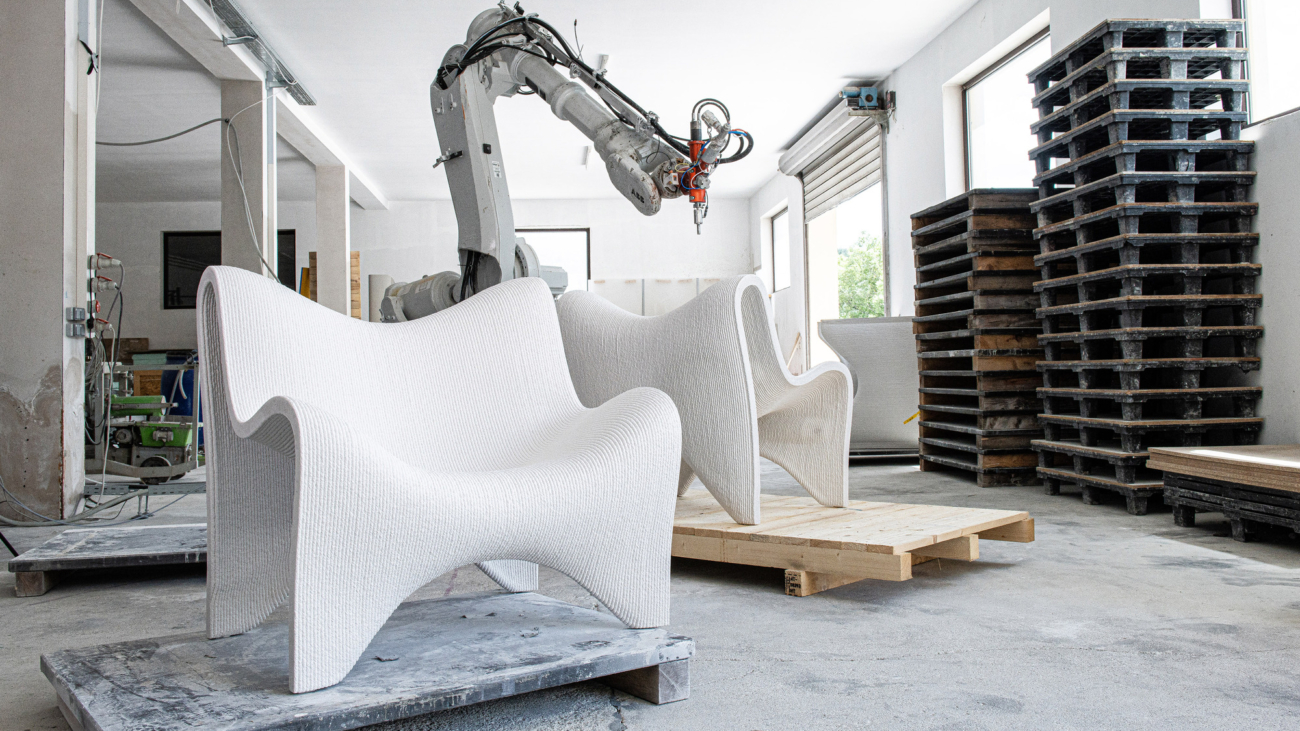In an era marked by rapid technological advancements, it’s no surprise that even the most traditional industries are experiencing significant transformations. The furniture industry, which has a long history dating back to ancient civilizations, is no exception. Today, we’ll delve into the profound impact of technology on the furniture industry, exploring how innovations like 3D printing, augmented reality (AR), and smart furniture are reshaping everything from design and manufacturing to the customer experience.
- 3D Printing Revolutionizes Design and Customization
One of the most groundbreaking technologies influencing the furniture industry is 3D printing. This innovative technique allows designers and manufacturers to bring their most imaginative and intricate creations to life. With 3D printing, the constraints of traditional manufacturing are lifted, enabling the production of intricate and customizable furniture pieces. This level of customization is a game-changer, as it allows consumers to have a direct hand in designing furniture tailored to their preferences, from the size and shape to the color and material.
- Augmented Reality Enhances Shopping Experiences
Augmented reality has transformed the way we shop for furniture. Instead of relying solely on traditional brick-and-mortar showrooms or static online images, consumers can now use AR apps to visualize furniture in their own living spaces before making a purchase. This technology bridges the gap between the online and offline shopping experiences, giving consumers a better sense of how a piece of furniture will fit and look in their homes. It also reduces the likelihood of returns, enhancing overall customer satisfaction.
- Smart Furniture Adds Convenience and Functionality
The rise of the Internet of Things (IoT) has given birth to smart furniture. These technologically advanced pieces are designed to enhance convenience and functionality in the modern home or office. From smart desks that adjust to your preferred height to couches with built-in wireless chargers and speakers, these furniture items are integrated with technology to make our lives easier and more enjoyable. They can be controlled via mobile apps or voice assistants, adding a futuristic touch to our living spaces.
- Sustainable Manufacturing through Technology
Environmental sustainability is a growing concern, and technology is playing a pivotal role in making the furniture industry more eco-friendly. Advanced manufacturing processes, such as computer numerical control (CNC) machining and laser cutting, optimize material usage and reduce waste. Additionally, there is a growing emphasis on using sustainable materials like recycled plastics, reclaimed wood, and environmentally friendly finishes. These advancements help the industry reduce its carbon footprint and promote sustainability.
- Improved Supply Chain Management
Technology has also streamlined supply chain management in the furniture industry. From inventory tracking and order management to logistics optimization, software solutions have made it easier for manufacturers and retailers to meet customer demands efficiently. Real-time data analytics and predictive algorithms help minimize delays and reduce costs, ultimately benefiting both businesses and consumers.
- Virtual Reality in Design and Visualization
Virtual reality (VR) is beginning to play a role in furniture design and visualization. Designers and architects can create immersive virtual environments where they can experiment with various furniture layouts, materials, and lighting conditions. This not only streamlines the design process but also helps clients visualize their spaces more effectively.
The furniture industry is undergoing a technological renaissance, driven by innovations like 3D printing, augmented reality, and smart furniture. These advancements are empowering both manufacturers and consumers, offering greater customization, convenience, and sustainability. As technology continues to evolve, it’s exciting to imagine how these innovations will continue to shape the future of furniture design, manufacturing, and consumption, ultimately leading to more innovative and personalized living spaces.

